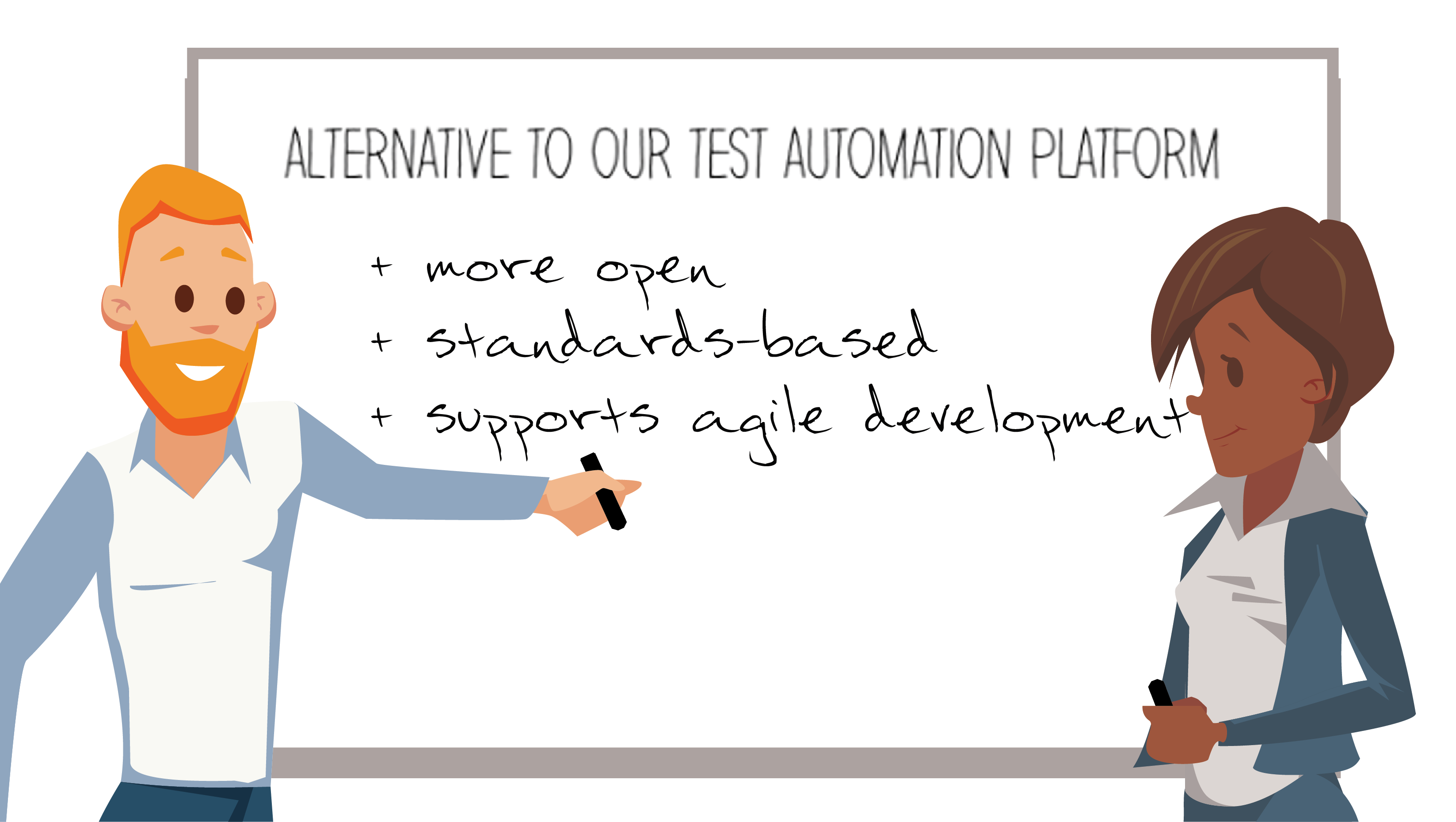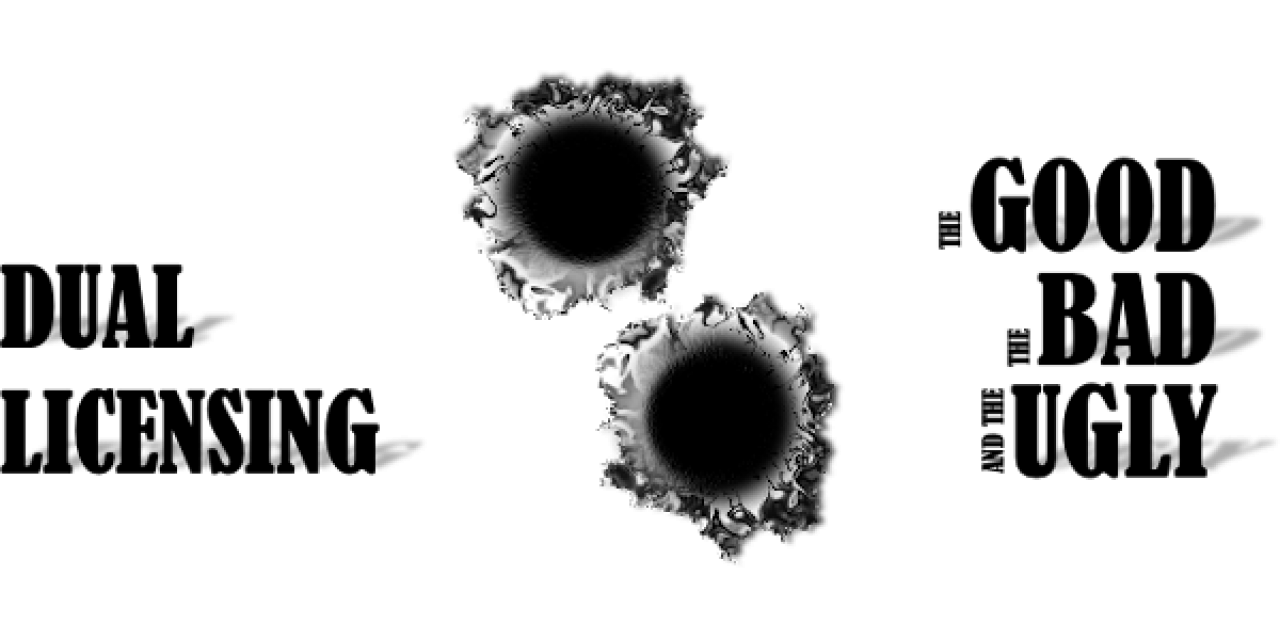
Free and Open Source Software (FOSS) is "free", right? Free as in speech, and sometimes free as in beer. But the intellectual property expressed in FOSS code does not inhabit the public domain. Nearly all FOSS code is distributed under one or more licenses -- all binding agreements subject to copyright law. Compliance with FOSS licenses should not be left until a redistribution event or the launch of a service implemented with open source. This blog lays out what those compliance activities entail.



